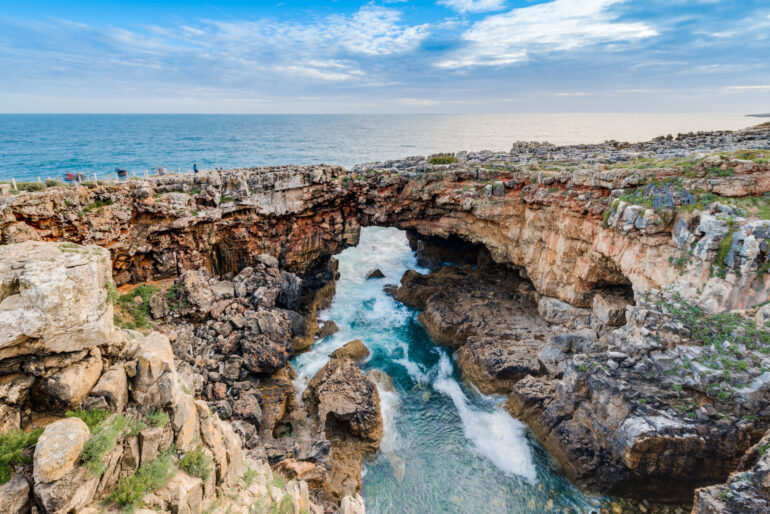It’s a sunny day in Cascais, Portugal, and my best friend, Katherine, and I are swimming lazily through a cove as clear and bright as an aquamarine gemstone, watching daredevil teenagers hurl themselves off a stone bridge to the cheers of beachgoers below. Above us loom the stone buttresses and gothic tower of the Museu Condes de Castro Guimarães, which we’ve just left after wandering through rooms stuffed from their parquet floors to coffered ceilings with Moorish ceramics, illuminated manuscripts, somber portraits and ornate silverwork; all left to the city by the count who was the mansion’s final resident.
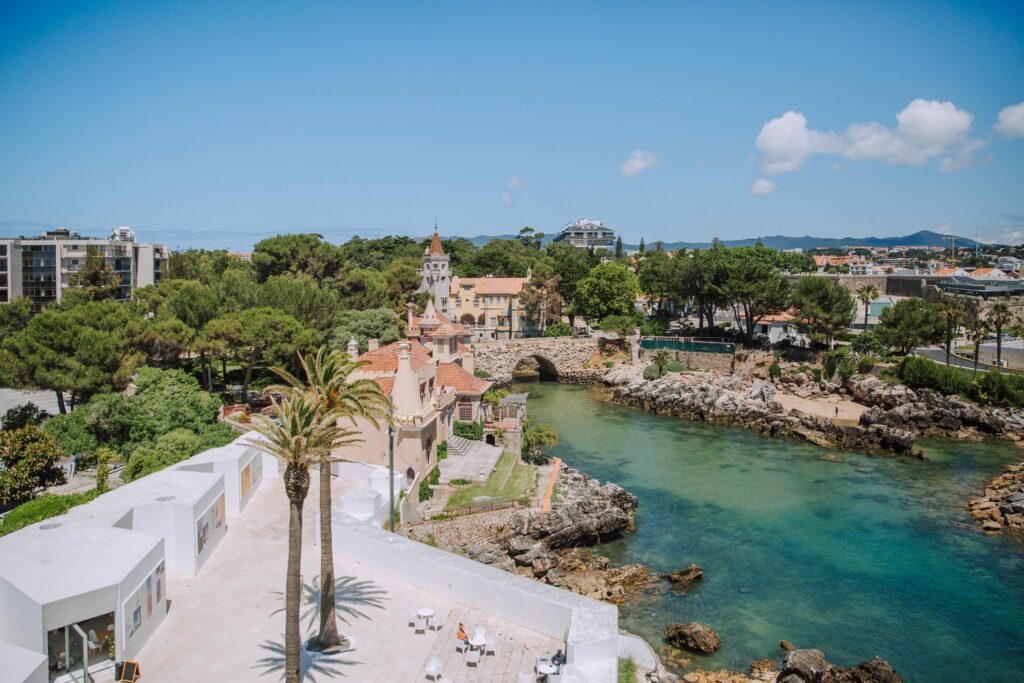
On the other side of the cove rises the Casa de Santa Maria, columned and peach-hued as a wedding cake, another of the lavish mansions-turned-museums that attest to Cascais’ status as a wealthy retreat for Portuguese nobility, including King Luis I, who chose the village as his family’s summer residence. Next to the estate’s lush gardens, the blue-and-white-striped Farol de Santa Marta lighthouse stands sentry over the harbor, its rooftop affording a view over the seafront.
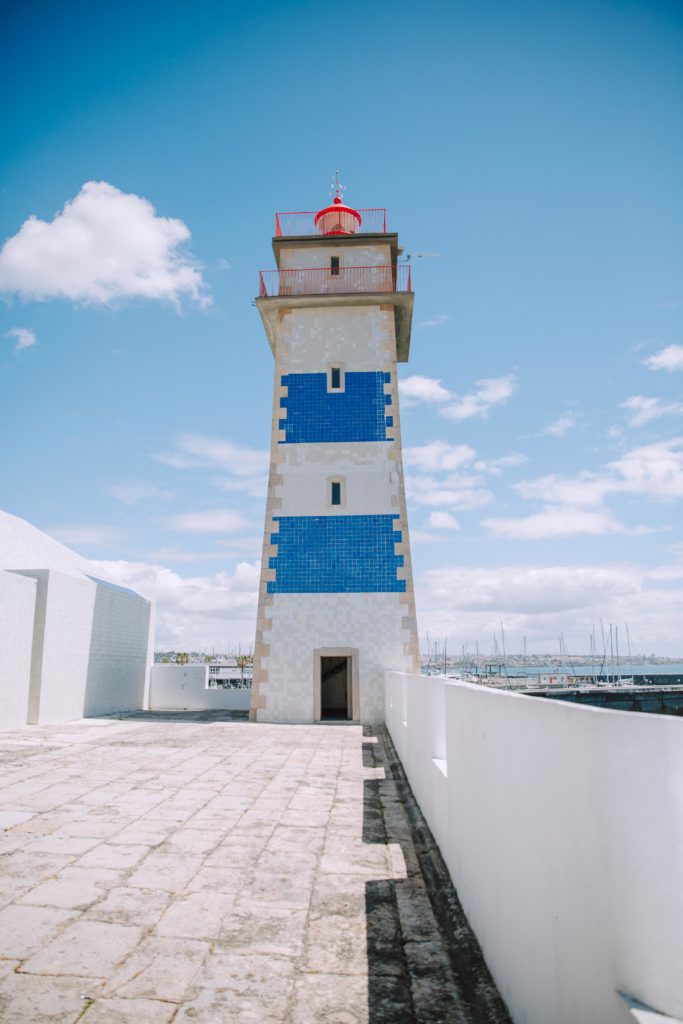
Looking southeast toward Lisbon, an hour away, it’s easy to see why this area is known as the Portuguese Riviera, with its 2-mile-long promenade linking a string of sunny beaches bright with umbrellas and sunbeds. But we head west instead, to watch the sunset from the Boca do Inferno, translated as hell’s mouth, a viewpoint over a natural sea arch. Watching the waves surge through the tunnel in a thundering display, we congratulate ourselves on choosing Cascais — the perfect combination of nature and culture.
Cascais certainly is all about fishing and seafaring, its cobblestone streets lined with cafés serving up rich, tomato-based monkfish stew and platters of sardinhas assadas, the plump grilled sardines sprinkled in coarse sea salt to which we become addicted almost instantly.
Cascais also offers visitors the opportunity to stay in an 18th-century fortress, now elegantly restored as the Pestana Cidadela de Cascais and one of a number of monasteries, castles and other historically significant sites transformed into luxurious accommodations as part of Portugal’s Pousada program.
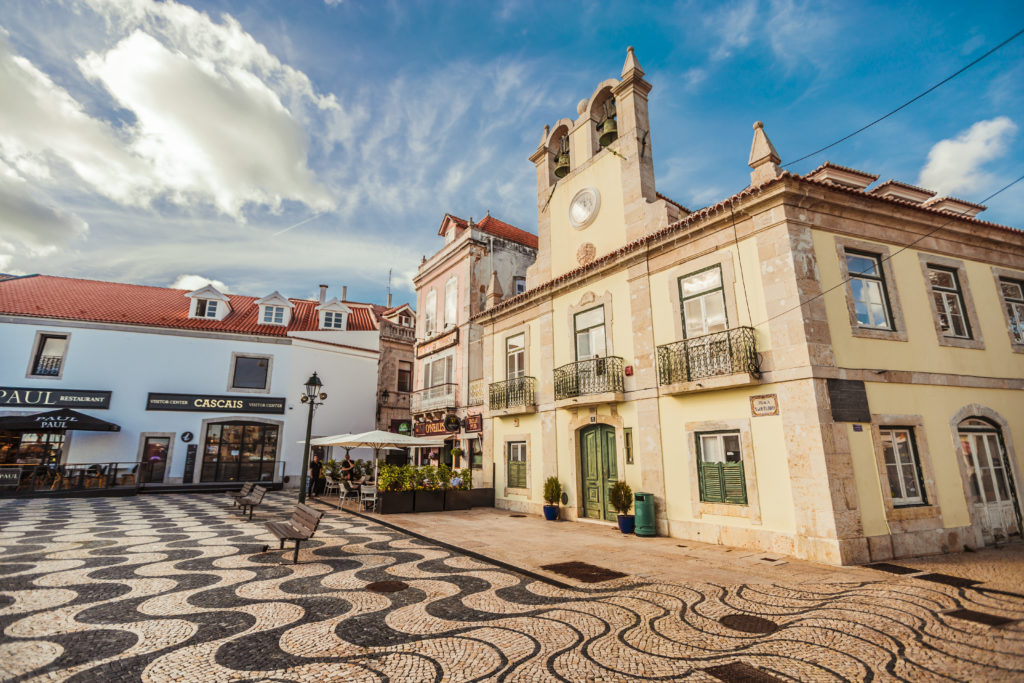
Directly overlooking the waterfront, the fortress once known as Nossa Senhora da Luz is also home to the Citadel Art District, featuring a gallery, café, restaurant and outdoor spaces for gathering. The hotel itself is a gallery as well, with the sculptures, paintings, installations and multimedia works of featured artists showcased in rooms, the lobby and the bookstore-café.

We also chose to visit Cascais for its proximity to the hillside town of Sintra, among Portugal’s top tourist destinations thanks to its plethora of castles, palaces and whimsical mansions. We start our day there at the Disney-esque Peña Palace, its sunflower-yellow walls and fire engine-red towers visible from all directions. We also make a stop at the National Palace, dating from Medieval times but updated with a sprawling mélange of architectural styles, including intricate Manueline masonry, baroque and Moorish tilework, gothic gargoyles and rococo baths.
But our favorite grand residence was the surreal Quinta da Regaleira, a 19th-century mansion built by a Brazilian mining and coffee magnate with unlimited money and a lifelong fascination with mysticism, alchemy, and the secret societies of the Knights Templar and Freemasons. The mansion itself is a study in over-the-top eclecticism, bedecked with lacy gothic carving and crawling with gargoyles, but it’s the 10-acre park surrounding it that fascinates most, pitted with a maze of eerie stone grottos, rough-hewn tunnels and underground lakes, and crisscrossed by a maze of walkways and paths including a promenade of fanciful statues. Weirdest of all is the Initiation Well, which descends into the earth via a dizzying stone staircase designed to symbolize Dante’s nine levels of hell.
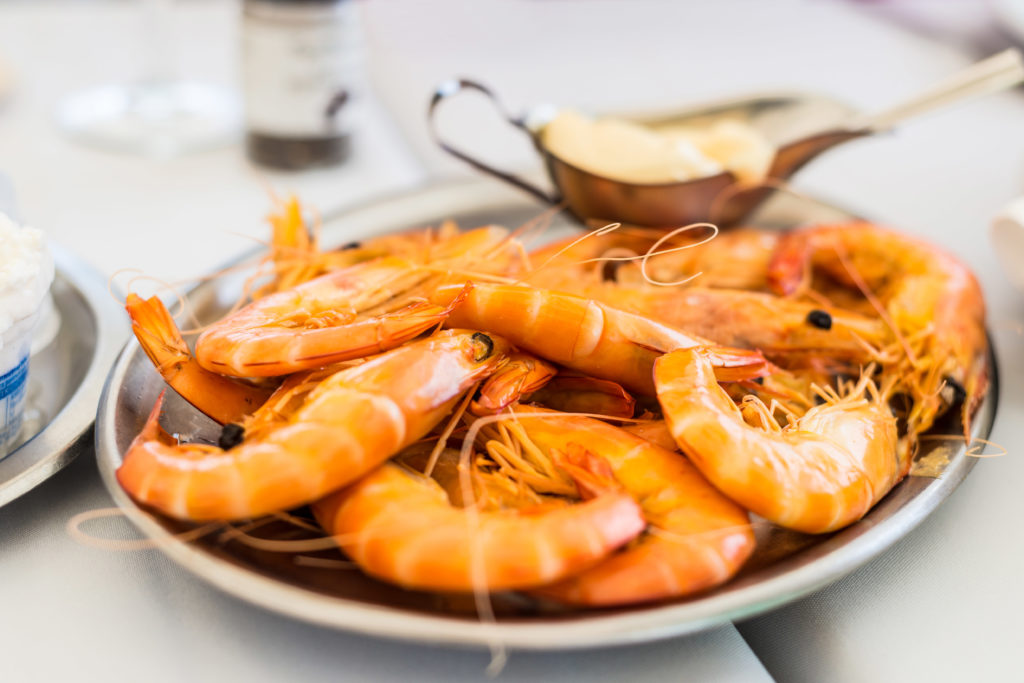
While Sintra boasts numerous guidebook-touted restaurants, Cascais draws us back for a final seafood dinner. Overwhelmed by choices, including O Pescador, a Cascais favorite since 1964, we finally settle for the aptly named hole-in-the-wall Taberna Económica de Cascais, where we feast on polvo à lagareiro, octopus baked with potatoes, garlic and olive oil, and arroz de camarão, a Portuguese staple of shrimp and rice in a tomato base.
We finish the evening by following the directions of enthusiastic locals to the red-striped awnings of Gelados Santini, founded in 1949 by Italian immigrants. Raising our cones of melon sorbet and bitter chocolate gelato, we raise an ice cream salute to Cascais, the perfect home base for a sampling of Portugal.
More from Better:
- 3 Experts Share Their Tips for Designing the Perfect Second Home
- 14 Ways to Make Your First Couple’s Trip Memorable
- Everything You Need To Know For Ski Season 2022

Melanie Haiken is a writer, editor and web project manager based in the San Francisco Bay Area. She operates on two simple assumptions: Everyone has a story to tell. And a story well-told will always find an audience. Her work is characterized by exceptional clarity, depth and insight – no matter the topic covered. Haiken writes for AFAR, Forbes, Via, Yoga Journal and many other national magazines and websites. She has also created award-winning marketing and custom publishing materials and communications campaigns for clients like Adobe, Wells Fargo, Lane Bryant, Kaiser Permanente and Safeway.
